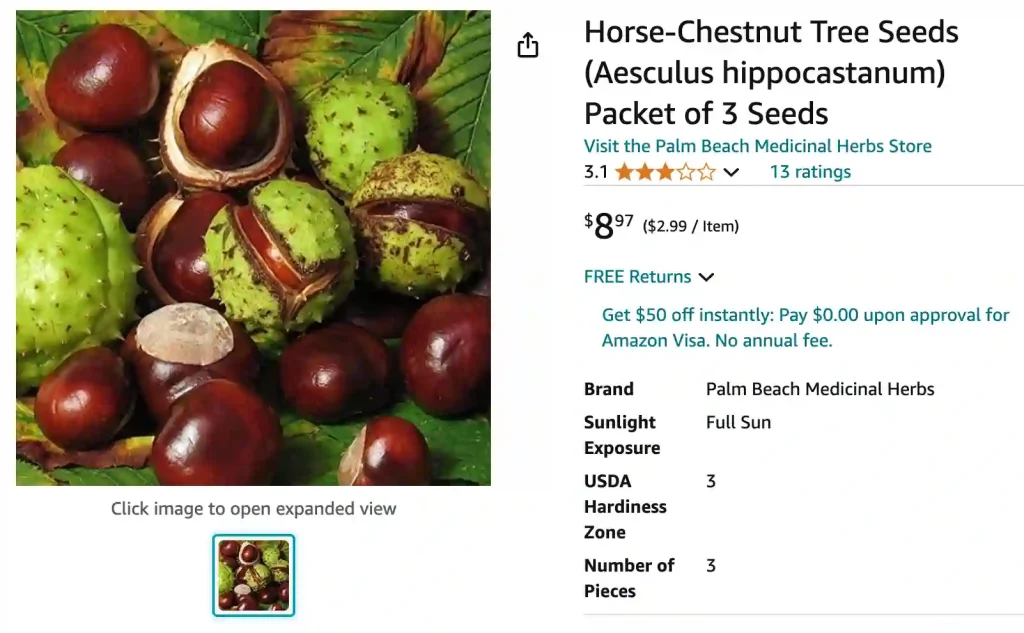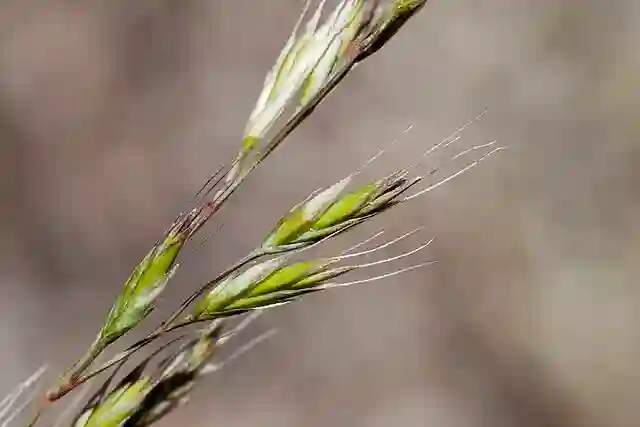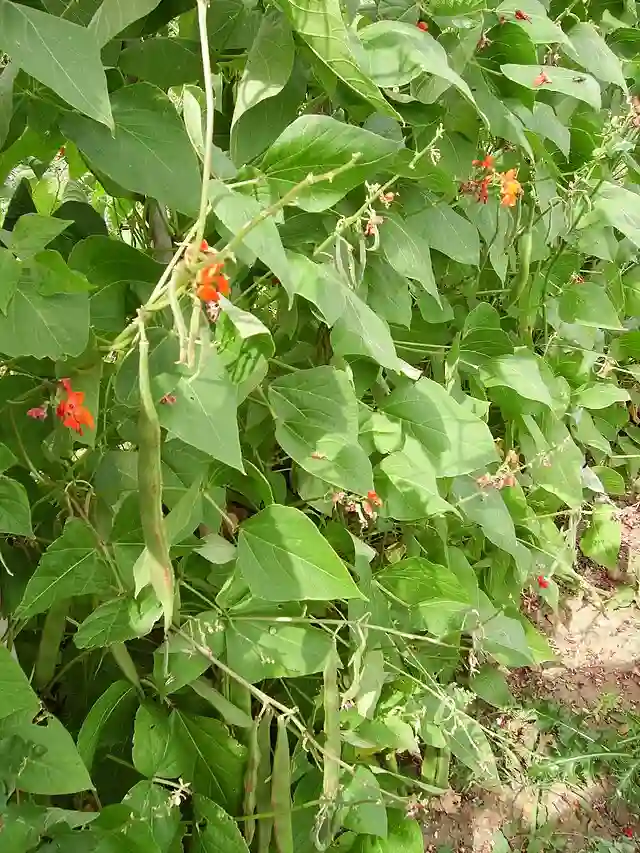
What is Aesculus Hippocastanum?
Aesculus Hippocastanum, commonly known as the Horse Chestnut, is a striking deciduous tree native to the Balkans and widely cultivated in other parts of Europe and North America. This species is renowned for its impressive size, reaching up to 75 feet in height, and its broad, palmate leaves that can add a lush, tropical feel to any landscape. The Horse Chestnut is particularly famous for its distinctive conker-like fruits, which are actually seeds encased in a spiky husk, and its stunning white or pink flower spikes that bloom in spring.
18 Species in Genus Aesculus
What is Aesculus Hippocastanum Used For?
Aesculus Hippocastanum has several notable uses, both traditional and modern. Historically, its seeds, known as conkers, have been used in folk medicine to treat various ailments. The seeds contain saponins and tannins, which were thought to have anti-inflammatory and astringent properties. In modern medicine, Aesculus Hippocastanum is used to make horse chestnut extract, which is often included in supplements aimed at treating venous insufficiency and reducing symptoms of chronic venous diseases. This extract is believed to improve blood flow and reduce swelling in the legs.
Aside from its medicinal uses, the Horse Chestnut is also valued for its ornamental beauty. Its large, lush foliage and striking flowers make it a popular choice for parks and large gardens. The wood of the tree is used in various craft and carpentry applications due to its lightness and workability.
Is Aesculus Hippocastanum Safe?
When it comes to safety, Aesculus Hippocastanum warrants some caution. The seeds and foliage of the Horse Chestnut contain toxic compounds that can be harmful if ingested. These toxins can cause symptoms like nausea, vomiting, and diarrhea in humans. For this reason, it is essential to keep the tree’s seeds out of reach of children and pets. However, when used appropriately and in controlled amounts, extracts derived from the seeds can be safe for most people, as long as they are taken under the guidance of a healthcare professional.
How to Care for Aesculus Hippocastanum?
Caring for Aesculus Hippocastanum involves a few key considerations. This tree thrives in full sun to partial shade and prefers well-drained soil. It is relatively low-maintenance but benefits from regular watering during dry periods, especially when newly planted. It is also essential to provide ample space for its extensive root system and broad canopy. Pruning can help manage its size and remove any dead or diseased branches. Be sure to monitor for common pests like the Horse Chestnut leaf miner and treat them promptly to prevent significant damage.
How to Propagate Aesculus Hippocastanum?
Propagating Aesculus Hippocastanum can be achieved through seeds or grafting. The most common method is sowing seeds in autumn. To ensure successful germination, soak the seeds in water for 24 hours before planting them in a cold frame or outdoor bed. The seeds need a period of cold stratification to break dormancy, so a winter chill is necessary for successful germination. Grafting is another method, where young seedlings are grafted onto rootstocks to produce trees with desirable characteristics.
What to Plant With Aesculus Hippocastanum?
When planting Aesculus Hippocastanum, consider companion plants that can complement its grand stature. Understory plants like ferns, hostas, and shade-tolerant groundcovers work well in the spaces beneath its canopy. In terms of shrubs, consider planting species that can handle the partial shade cast by the Horse Chestnut, such as rhododendrons or azaleas. This combination not only enhances the visual appeal of your garden but also creates a harmonious plant community.
Can You Grow Aesculus Hippocastanum Indoors?
Growing Aesculus Hippocastanum indoors is not practical due to its size and specific environmental needs. This tree requires ample space, plenty of sunlight, and a large root zone to thrive, all of which are challenging to provide indoors. It is best suited for outdoor planting in large gardens or parks where it has room to reach its full potential.
Benefits of Aesculus Hippocastanum
Aesculus Hippocastanum offers several benefits, both aesthetic and practical. Its large, attractive flowers and foliage make it a striking addition to landscapes. Medicinally, its extracts are used to support vein health and alleviate symptoms of chronic venous insufficiency. The tree also provides valuable shade and can serve as a windbreak in larger gardens.
Common Problems with Aesculus Hippocastanum
One common problem with Aesculus Hippocastanum is its susceptibility to pests, such as the Horse Chestnut leaf miner, which can cause significant damage to its leaves. Additionally, the tree may suffer from fungal diseases like powdery mildew. Regular monitoring and proper care can help manage these issues and maintain the health of your Horse Chestnut tree.
In summary, Aesculus Hippocastanum is a magnificent tree with a variety of uses and benefits. By understanding its needs and potential risks, you can make the most of this impressive plant in your landscape.
If i die, water my plants!



